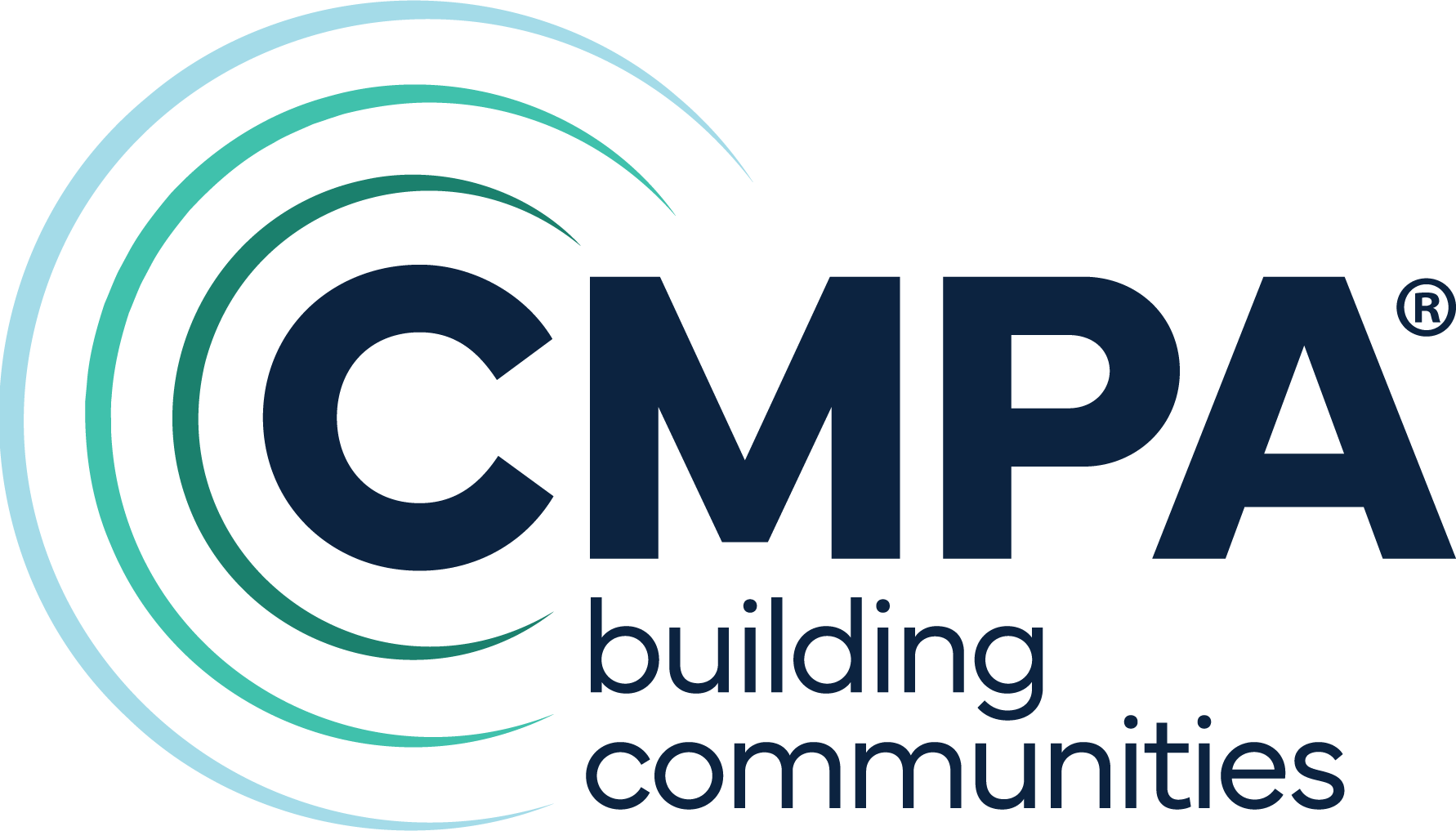Victoria’s earth resources regulator has released its strategy to drive better rehabilitation of mine, quarry and other resources sites, to build public confidence in the sector and the jobs it supports.
Earth Resources Regulation is responsible for ensuring that sites are rehabilitated to protect people, land, infrastructure and the environment.
The Regulatory Practice Strategy for the Rehabilitation of Earth Resources Sites aims to help operators plan and rehabilitate sites over the full life cycle of a mine or quarry project, rather than after extraction is complete.
It also sets out how the regulator will do more to improve site rehabilitation by approving better rehabilitation plans, estimating rehabilitation liabilities and undertaking education and enforcement.
The strategy will give landholders and communities confidence that the final landform will be safe and stable when operations cease.
Rehabilitating sites can provide communities with valuable long-term assets. The Royal Botanic Gardens in Cranbourne, and Niddrie’s Newport Lakes and Valley Lake are all former quarries.
Operators want to do the right thing and Earth Resources Regulation wants to support them by making things clearer and easier.
Delivering the strategy is consistent with the regulator continuing to provide clearer processes to increase certainty for operators, local government and community.
The strategy will be refined over time based on practical experience and feedback from industry and communities.
The Regulatory Strategy for the Rehabilitation of Earth Resources Sites is available at earthresources.vic.gov.au.
Quotes attributable to Earth Resources Regulation’s Executive Director Anthony Hurst:
“Effective site rehabilitation underpins confidence in both the resources industry and the regulator – the commitments made upon approval of a project must be fulfilled when it is finished.”
“We will work with operators to help them consider the range of site rehabilitation options, engage with local communities and work progressively towards the preferred rehabilitated landform.”
“We’ll ensure rehabilitation is completed to protect communities and the environment, if an operator fails to meet their obligations.”



